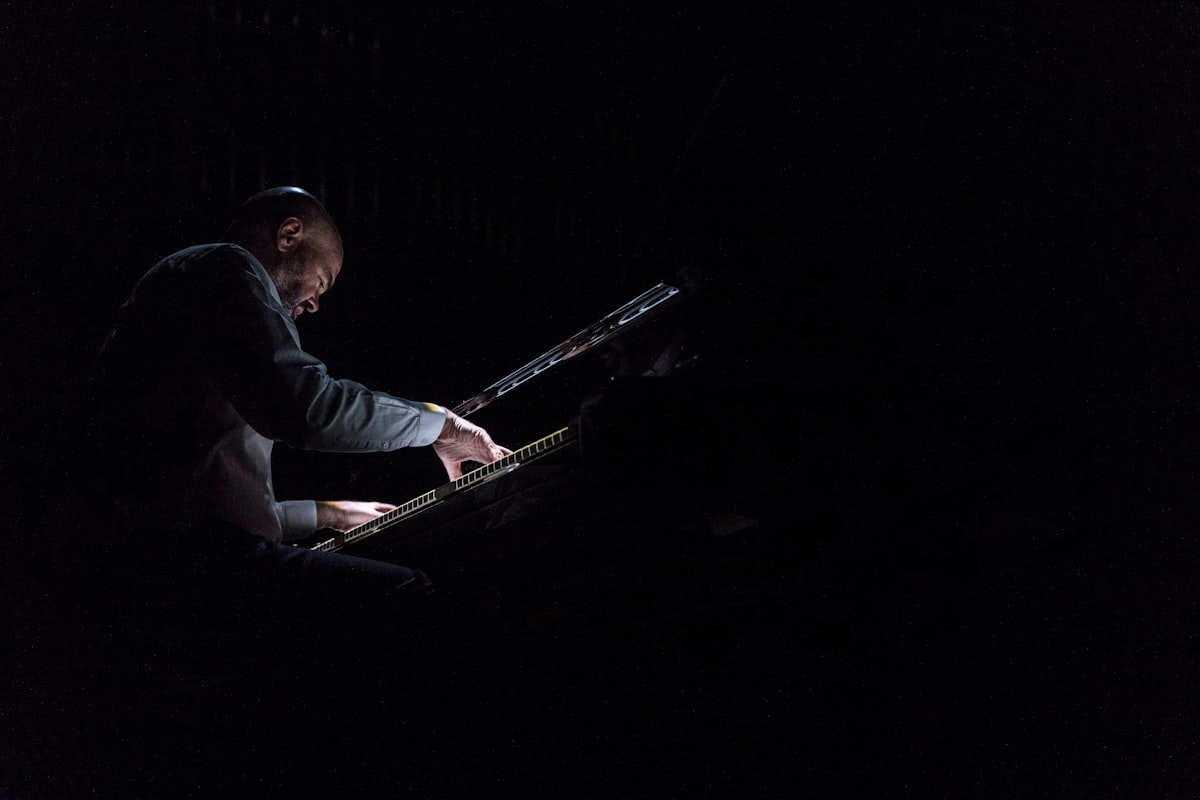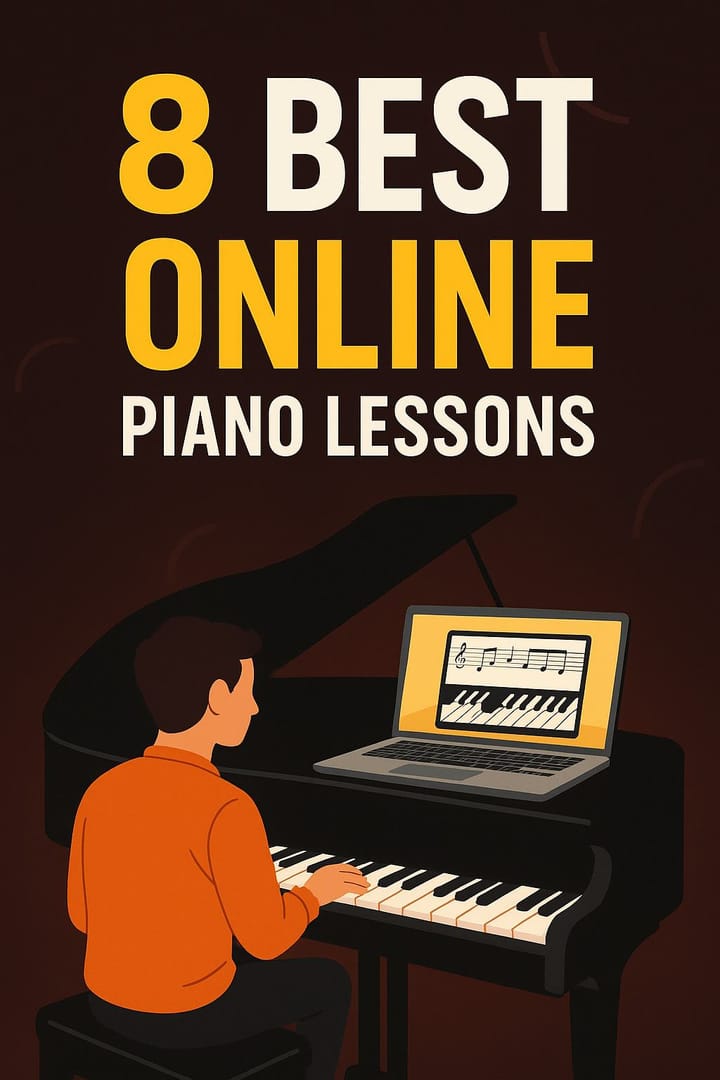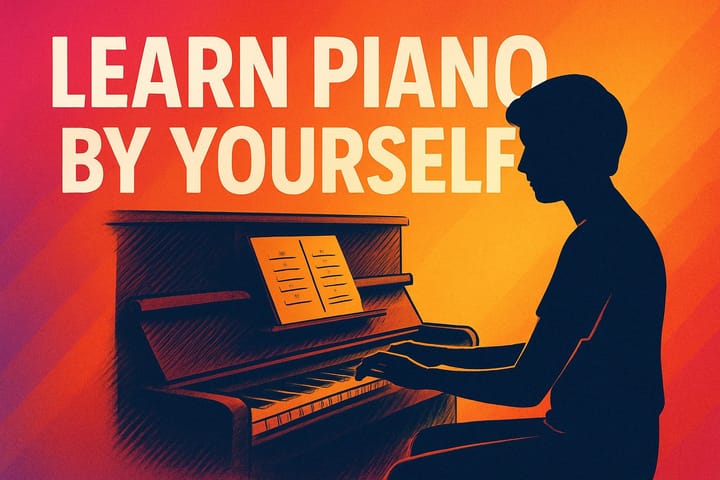Easy Piano Improvisation Technique: Gets Instant Results

Piano Improvisation Strategy Makes You Sound Like A Pro Instantly!
If piano improvisation has been a mystery to you, to any degree, this strategy will serve as your "magic wand" because you're about to amaze yourself in a way you never thought possible. Let's reflect, for a moment, on what a professional improviser actually does...

Basically, the process of improvisation is no different than talking. As a very young child, you learned to repeat (or "mimic") words and sounds that you heard from those people who surrounded you. It kind of went like this: You heard a word, made your best effort to duplicate the sound of that word, attached a meaning to it, and... before you knew it, that word was part of your vocabulary.
It certainly didn't take long before you were able to use that word whenever you wanted to in the context of your own phrases and sentences. Well, with improvisation, it works the same way.
Your own musical phrases and sentences include ideas (musical phrases, etc.) that you've heard before and that you don't even really have to think about much before "uttering" them on your instrument. Whether you are talking or playing piano, your own phrases and sentences are what you can refer to as improvisation.
What is Improvisation?
Improvisation is playing/saying what's already in you waiting to come out. Most people, when wanting to learn to improvise and in their early stages of development, have a mindset that thinks, "I don't know what to play... I need some ideas because I don't have any..." Both are inaccurate self-assessments. Isn't that good news? You bet it is!
Beginning in our very early years, and all the way to now, we've been exposed to musical phrases and sentences that have become a part of us. You know this to be true. What you want to do now is tap into that wonderful, amazing resource that you already possess.
Let's use an example to come up with a piano improvisation of your own that will have you turning heads: Most people are familiar with the traditional Christmas song Jingle Bells. Go ahead and sing or hum a little of that right now: "Dash-ing through the snoooooooowww.... in-a one horse op-en sleeiiiigh... o'er the fields we gooooo...
That's enough for our purpose here. Actually, that covers the first four measures of the song. For our intent here, the words are not as important as the syllables. Keep in mind that each time a syllable is sung or played, a note is attacked, whether vocally or instrumentally. It is this rhythmic idea that will lead you to a quick development of a piano improvisational idea you're going to like.
Sing or hum the phrases again... this time each time you attack a different syllable, clap your hand. Okay, it is this rhythmic idea that serves as your friendly guiding force. Sing it again - this time, just pay attention to the syllables. You might want sing it out like this: ta ta ta ta taaaaaaaaaaaaaaaa ta-ta ta ta ta ta taaaaaaaaaaaaaaaa
Let's take this a step further... as you sing that, play notes on your piano keyboard that coincide with this rhythmic idea. Do this now! Keep doing this and you are going to be absolutely amazed by some of the piano improvisational licks you're going to come up with.
Apply some chords in your left hand while playing your new ideas in the right, and you're sounding quite good! You see? It's as easy as abracadabra!
The left-hand chords I've used here are Cmaj7, Dmin7, Fmaj7, and Emin7, all chords in the key of C Major. So it's no surprise that I chose notes from the C Major scale for my right-hand improvisation. Actually, I've played my improvisation using the rhythmic idea above once while playing Cmaj7 to Dmin7. Then I did it again (same rhythmic idea, different notes) over the Fmaj7 to Emin7.
What makes this so easy? You see, the rhythmic idea of Jingle Bells is natural for you. It's already a part of you. And now you're expressing that idea musically! That, my good friend, is improvisation in its truest form! Using this approach allows you to focus more on the notes you want to experiment with, rather than wondering how you will play them. Got the idea? Yes!

As you develop your ideas, do me a favor, okay? Do not judge your ideas (or yourself as a performer!) as being "good" or "bad." Instead, simply accept them for what they are - results. Your own creativity and intuition will lead you to play more and more piano improvisations that are to your liking. Always experiment with an open mind!
Please take this way beyond what I show you here. You could very easily spend hours and hours with this one rhythmic phrase. Of course, use others - simple phrases from songs that are already a part of you. It could be a nursery-rhyme type song like Mary Had A Little Lamb or a phrase from a Billy Joel song that you like... Whatever you use, it is perfectly fine - just use the same strategy.
Can I let you in on something?
Here it is: Those who are not using this technique are missing out on something. I absolutely love getting into improvisation with you, and we're going to do it more and more, of course. Have a party experimenting with piano improvisation, remembering that the more fun you make it, the more you'll reap the rewards!




Comments ()